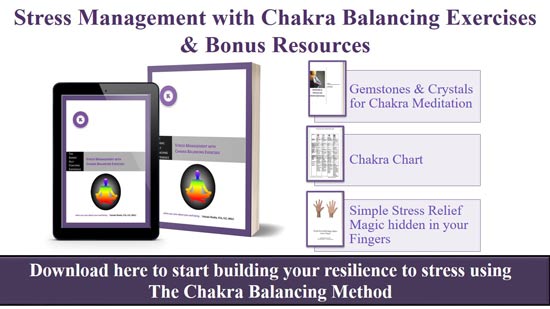
Does Stress Make You Into a Fire-breathing Dragon?
Be honest, don’t you get irritated when you’re stressed out, and a friend, parent or partner tells us to take a deep breath or count to ten?
Actually it does work, you know.
At some point of time each one of us has done the deep breathing or counting to ten or even twenty before blowing off steam like Fred Flintstone.
Unless one is having a bout of asthma or is wheezing after climbing 3 flights of stairs in poor health, and other breathless activities, we often don’t pay much attention to it.
Apart from keeping us alive, proper breathing is essential when exercising, doing yoga or preparing for meditation. Proper breathing provides adequate amounts of oxygen to the body reducing the fight or flight response when faced with stress or panic.
For any practitioner of meditation, the first step is to strengthen the connection between mind and body.
The first stage of meditation is to remove distractions and make your mind clear and calm. This can be accomplished by practicing a simple breathing exercise.
Simple breathing exercise to clear your mind of distractions
The nutshell version of the breath exercise:
The detailed version of the breathing exercise
First select a quiet place to meditate and sit in a comfortable position. You can sit in the traditional cross-legged posture or in any other position that is comfortable. If you wish, sit in a chair. The important thing is to be comfortable.
Make the experience more enjoyable by creating an atmosphere conducive for meditation by lighting incense or using an aroma burner with your favorite aroma oil.
Sit with your eyes closed and focus your attention on your breathing. Breathe naturally, through the nostrils and out of the mouth.
Do not try to control your breath. Focus on the sensations you feel as the breath enters and leaves your body. This sensation is your object of meditation.
In the beginning you might find your mind wandering off in which case gently bring your focus back to your breathing. Repeat this as many times as necessary until the mind settles and focuses on the breath. Followed regularly, you will start to feel rejuvenated.
Don’t be surprised if you start to fall asleep after the meditation.
It is your body’s way of telling you that there has been too much stress and emotions bottled up and with the release comes relaxation.
You will notice that your thinking becomes clearer and more capable of handling stressors without resorting to the deep breath technique. This is something that I noticed in the early days of practicing Transcendental Meditation.
Even though breathing meditation is only a preliminary stage of meditation, it can be quite powerful.
Do you practice meditation or do breathing exercises? What difference has it made to your health and general well-being?
To know more about meditation as a tool for stress management, please click on the Link to read my post titled Meditation as a Tool for Stress Management.
Looking for a robust self-solution to managing your stress levels? I’ve got you covered!
Written by: Vatsala Shukla





 I adhere to the Certified Coaches Alliance Code of Ethics and Standards. A copy is available on request.
I adhere to the Certified Coaches Alliance Code of Ethics and Standards. A copy is available on request.
 Let's Talk through the Connect Form:
Let's Talk through the Connect Form: